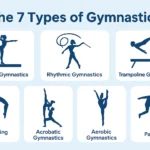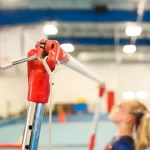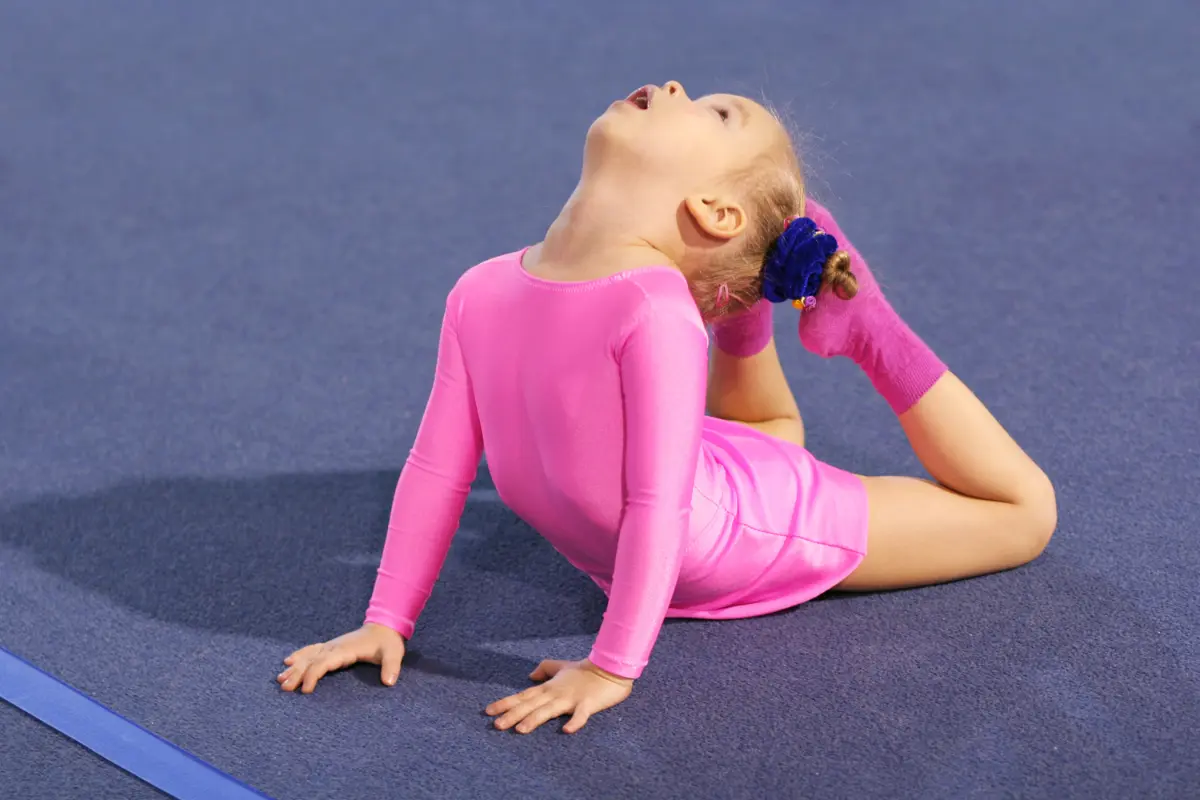Rings are one of the most versatile pieces of training equipment you can own. With a pair of rings and some straps, you can train nearly anywhere—at home, in the park, or even in your garage. But if you’ve shopped for them online, you’ve probably noticed two common labels: gymnastics rings and calisthenics rings.
At first glance, it may seem like you have to pick one over the other. In reality, the two are functionally the same tool. What actually affects your training is not the label but the material, grip diameter, strap system, load rating, and how you mount them. Let’s look closer.
What Are Gymnastics Rings?
Gymnastics rings are the classic wooden or plastic rings used in men’s artistic gymnastics, particularly in the Still Rings event. They’re built to meet competition standards:
- Ring diameter: about 18 cm (7.1 inches)
- Ring thickness: around 28 mm (1.1 inches)
- Material: typically wood, which provides a textured, chalk-friendly grip
These rings are designed for maximum stability and can handle advanced isometric holds like the Iron Cross, Maltese, and planche, as well as dynamic elements such as swings and dismounts.
For fitness use, “gymnastics rings” usually means sturdy wooden rings sold with adjustable straps. They tend to match competition specs but may be slightly thicker, offering extra durability for everyday training.
What Are Calisthenics Rings?
Calisthenics rings are marketed toward the fitness and bodyweight training community. They’re essentially the same piece of equipment but often differ in a few ways:
- Thickness: some calisthenics rings come in 32 mm or more, mimicking pull-up bars and creating a bigger grip challenge
- Material: wood remains popular, but plastic and metal options are common. Plastic is weather-resistant, while metal offers maximum durability
- Setup: calisthenics-oriented brands often include fast-adjusting cam buckles and longer straps for quick setup on outdoor rigs, trees, or playground bars
Instead of advanced gymnastics holds, these rings are marketed for everyday strength training: push-ups, dips, rows, pull-ups, muscle-ups, and static holds like the front lever.
Key Differences at a Glance
| Feature | Gymnastics Rings | Calisthenics Rings |
|---|---|---|
| Purpose | Built for artistic gymnastics routines | Built for bodyweight fitness & strength |
| Standard Size | ~28 mm wooden rings | 28 mm or thicker (often 32 mm) |
| Grip Feel | Smooth wood, strong tactile grip | Wood, plastic, or metal (varies by brand) |
| Durability | Indoor/competition-focused | Designed for outdoor and indoor training |
| Straps & Buckles | Thick straps, heavy-duty buckles | Slimmer straps, quick-adjust cam buckles |
| Target User | Gymnasts, advanced strength athletes | Fitness enthusiasts, calisthenics athletes |
The Specs That Actually Matter
1. Material: Wood vs. Plastic vs. Metal
- Wood: The gold standard. Natural grip, chalk-friendly, doesn’t slip when sweaty.
Best for: gymnastics skills, muscle-ups, anyone training barehanded. - Plastic (ABS): Budget-friendly and weatherproof, but slick when wet.
Best for: outdoor setups, casual or youth training. - Metal: Rare but extremely durable. Heavier and colder in feel.
Best for: permanent garage setups, very high load ratings.
Recommendation: Choose wood unless you specifically need weather resistance.
2. Grip Diameter: 28 mm vs. 32 mm
- 28 mm (FIG standard): Ideal for smaller hands, skill work, and advanced static holds.
- 32 mm (thicker): Better for larger hands, pull-ups, and weighted strength training.
Recommendation:
- Training gymnastics skills → 28 mm
- Building strength & comfort → 32 mm
3. Strap and Buckle System
- Competition buckles: Thick, rock-solid, but slower to adjust
- Cam buckles: Slimmer, faster, great for portability
- Numbered straps: Helpful for matching lengths instantly
Recommendation: Stationary setup? Go with heavy-duty buckles. Traveling often? Cam buckles or numbered straps will save time.
4. Load Rating and Safety
Always check the weight rating. Quality sets support 600–1,000+ lbs. Avoid cheap sets with vague specs.
Recommendation: Minimum 600 lbs rating for reliable, long-term use.
5. Mounting Options
- Pull-up bar: Simple home setup
- Rafters or beams: Garage or basement training
- Tree branches/playground bars: Outdoor setups
Tip: Ensure your anchor is stable, strong, and tall enough so you can train without hitting the floor.
Which Should You Choose?
- Pick gymnastics rings if…
You want authentic FIG specs, plan to train skills like the Iron Cross or Maltese, or prefer competition-grade durability. - Pick calisthenics rings if…
You value portability, quick setup, or prefer thicker rings for grip comfort and strength work.
Practical Buying Tips
- Go for wood whenever possible—it’s unmatched for grip.
- Check strap length: 14–16 ft straps give flexibility for outdoor use.
- Match diameter to your goals: 28 mm for skill work, 32 mm for strength.
- Think environment: Stationary setups suit heavy-duty buckles; travelers should opt for cam buckles.
Choose based on your training style, hand size, and environment, and you’ll get one of the most effective, portable, and challenging training tools available.
Common Questions
Q: Are “gymnastics rings” higher quality than “calisthenics rings”?
A: Not inherently. Quality varies by brand and spec. Many “calisthenics” sets are the same dimensions as “gymnastics” sets—just marketed differently.
Q: Do I need FIG-approved competition rings?
A: Only if you’re outfitting a gymnastics facility for sanctioned training/competition. For home or park training, standard 28 mm wood rings are perfect.
Q: Is 32 mm ever better?
A: It can be fun for pure strength (heavier grip stimulus) or very large hands, but it slows skill progress and makes false-grip harder. Most people should stay with 28 mm.
Q: Wood vs plastic outdoors?
A: Plastic tolerates rain/sun better. If you use wood outdoors, store them dry and out of direct weather when not in use.
Q: Can kids use the same rings?
A: Yes—28 mm is fine. Focus on lower heights, soft flooring, and basic drills (supports, rows, assisted holds).












